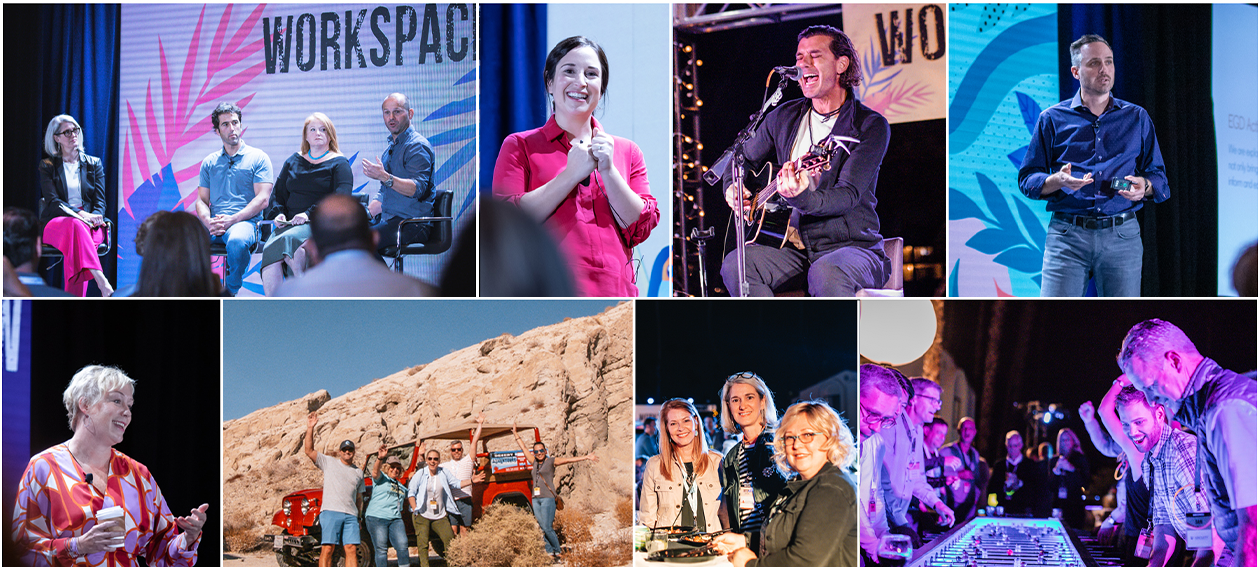
In the very near future, video conferencing will be so good that people will no longer have to commute to work.
Actually, the technology is already so good, that the above prediction is now a reality at most companies. Not only that, some organizations are finding employees even prefer to jump on a conference call with people inside their building, rather than navigate the two or three floors for a face-to-face meeting.
It’s a state of affairs that LinkedIn’s Brett Hautop believes is laying the foundation for corporate real estate’s biggest challenge yet.
"I've been telling people that my job over the next five years is going to be convincing people to come to work."
“I've been telling people that my job over the next five years is going to be convincing people to come to work,” the company’s Head of Global Design and Build said. “I still strongly believe that there is real value in physical human interaction and being in the same place at the same time. But we have to give people compelling reasons. They should leave at the end of the day and feel like it was worth them coming in.
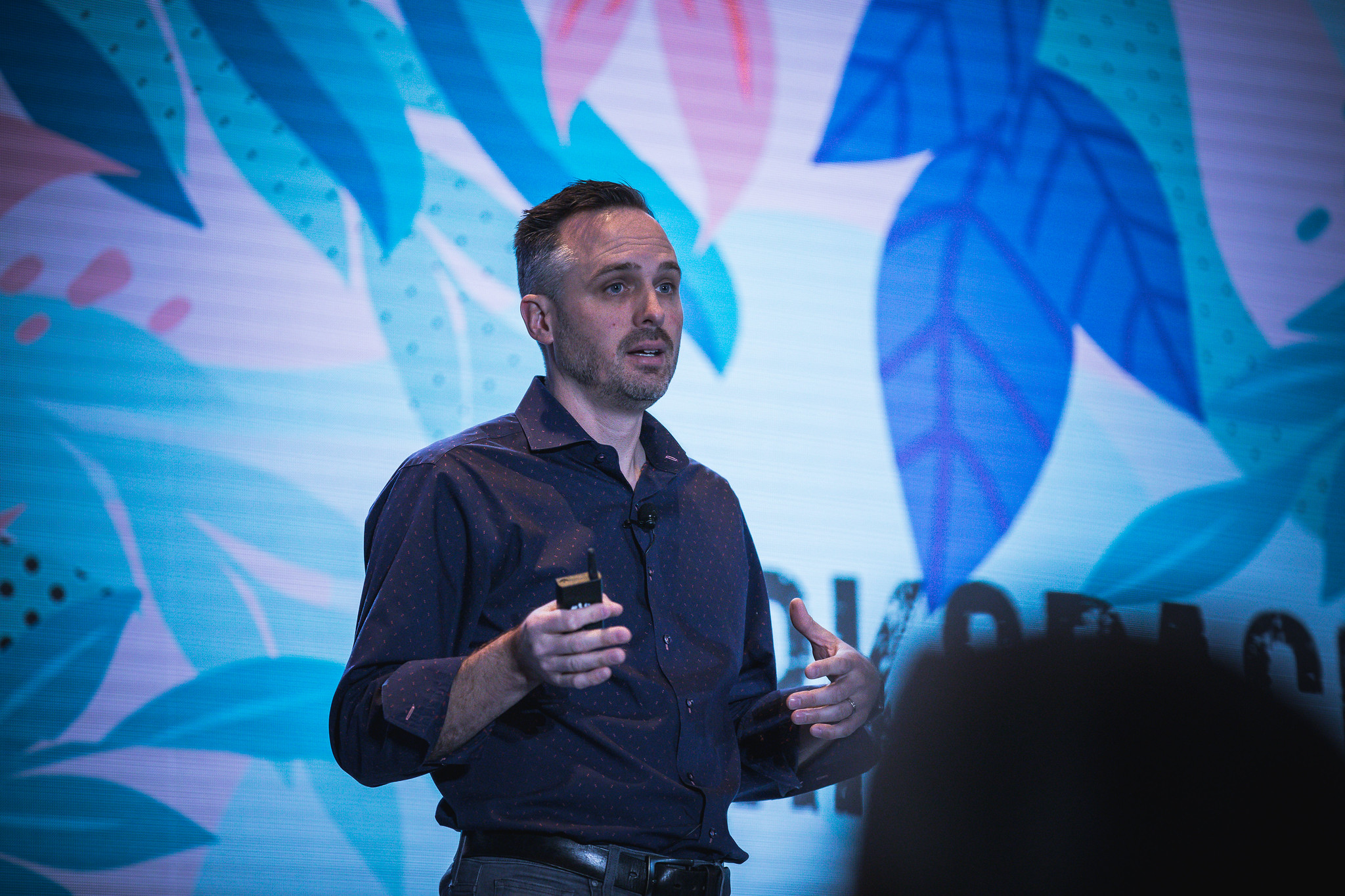
Brett Hautop speaking at WorkSpaces
Exactly how companies should go about building these compelling environments in an age of tech-driven disruption was a major focus at the inaugural WorkSpaces retreat held in Palm Springs… a task fast becoming trickier to achieve as employee expectations evolve.
In order to accommodate these increasingly complex needs and attract the best talent, a lot of talk at the three-day event revolved around the imperative for corporate real estate professionals to transform in tandem with the change at hand.
“How do we make people productive? How do we measure productivity? How do we enable it?” asked Lorri Rowlandson, SVP, Strategy and Innovation at BGIS. “As a real estate professional, I never thought we would be diving into topics like workplace psychology. Our industry has pivoted to be less about the building and the asset and more about the people inside and how we animate them.”
This expanding emphasis on people is something Uber’s Workplace and Real Estate team has certainly been thinking about. During a State of the Industry discussion alongside executives from Google and Slack, the company’s Head of Global Design and Experience highlighted the challenges around relocating thousands of employees to its new HQ in San Francisco’s Mission Bay.
“You want to produce something at the end that enriches people's lives,” Tracie Kelly said. “That’s what keeps me up at night. How do we build that seamless experience for everyone?”
"You want to produce something at the end that enriches people's lives."
Using the built environment to combat work-related stress was also in the spotlight at WorkSpaces. In a joint presentation with GoDaddy’s VP of Global Real Estate, Calvin Crowder, author Rex Miller drew upon Harvard research: “76 percent of employees report work as the number one cause of high or very high stress.” This, in turn, contributes significantly to the development of chronic disease and unhealthy coping behaviors like drug and food addiction, ultimately increasing healthcare costs and bruising an organization’s bottom line. President of the International WELL Building Institute President, Rachel Gutter, echoed the severity of the situation — if companies fail to invest in workplace design that promotes better health, they will suffer dearly.
“We're getting to a point where if you're not pursuing health and wellbeing strategies and wellness-related certifications for your workplace, you're really going to be seen as being behind,” she said. “Employees themselves are demanding those types of commitments from the organizations recruiting them.”
Healthier workplaces aren’t the only thing today’s workers are demanding. In her talk to kick off the event, generational expert Kim Lear provided a detailed snapshot of the younger millennial and gen Z talent beginning to fill the ranks at every organization. What these incoming cohorts crave most from today’s employers, she explained, was a sense of belonging — a need to feel part of something much larger than what they achieve at their workstations.
To accommodate this desire, Slack’s VP, Global Workplace and Real Estate, Deano Roberts, said the company is actually creating spaces within its facilities for activist employees to work on causes they believe in.
For Salesforce, there’s been a focus on creating optimal spaces not just for their employees, but also for those outside the organization in the communities they’re embedded in. During an intimate fireside chat, Elizabeth Pinkham — the tech giant’s EVP Global Real Estate responsible for Salesforce Towers around the world — detailed the rationale behind the much-talked-about, top-level Ohana Floors.
“We are turning those spaces over to nonprofits so they can come in on weeknights and weekends to use for their own events. We've also created our own events team to support them as they raise millions of dollars,” Pinkham said.
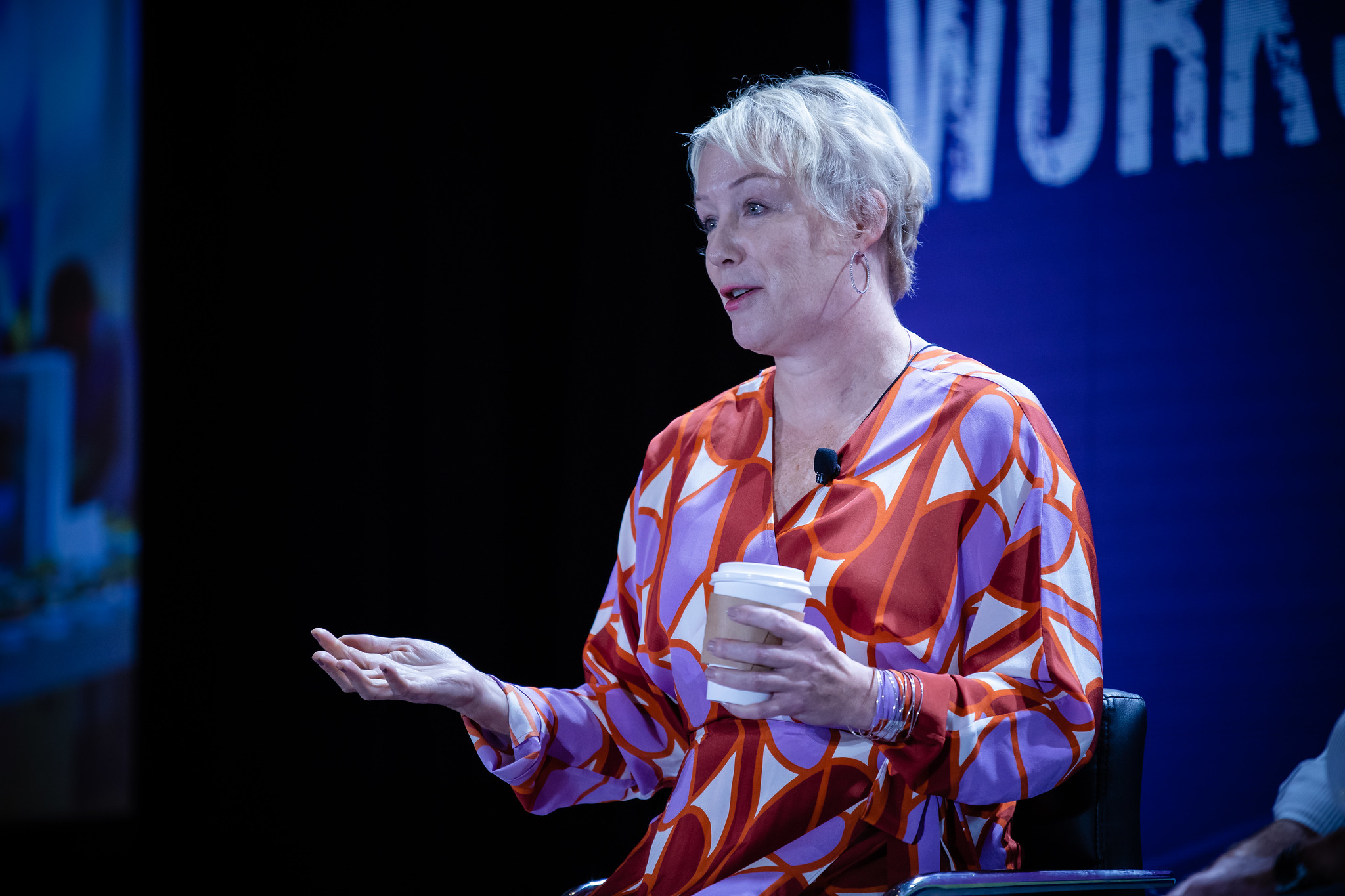
Elizabeth Pinkham
At the heart of inquiry throughout WorkSpaces was the notion that workplace innovators are yet to scratch the surface of what the built environment could become.
“This is by far the most exciting time in the industry. The importance of real estate among the C-suite is greater than it's ever been before,” said Michael Ippolito, Newmark Knight Frank Vice Chairman. “Where real estate used to be a necessary evil — just a place for people to go to work — is now an enabler for a company to be successful.”
"This is by far the most exciting time in the industry."
Other mainstage sessions took more of a granular focus, zooming in on the practical ways that leaders are imagining this bold new future. Choice-based, behavior-based work environments built around flexibility received a lot of attention, as did the evolution of facilities management roles into experience specialists. McDonald’s’ smart building tech, as well as Microsoft’s futuristic efforts to transform project delivery were also explored. Smaller deep dive breakouts also delved into change management best practice and ways that companies can better embrace inclusivity, equality, and diversity.
Amid the torrent of insights from a packed content schedule, attendees also uncovered potential partners for future projects with some of the industry’s leading suppliers, thanks to WorkSpaces’ novel approach to strategic sourcing. Making use of influence group’s networking app, executives were able to pre-schedule 20-minute meetings with sponsors beforehand, helping to maximize their time.
But it wasn’t all business. Strengthening the spirit of candid, open discussion was a host of unique networking moments. A jeep tour of the San Andreas Fault topped off with a rooftop sunset soiree opened the event, helping everyone disconnect from their usual daily grind. At the closing night’s Neon Nights party, an intimate performance from BUSH frontman, Gavin Rossdale, followed by some raucous live band karaoke provided the perfect sendoff before heading back to tackle the exciting work ahead.
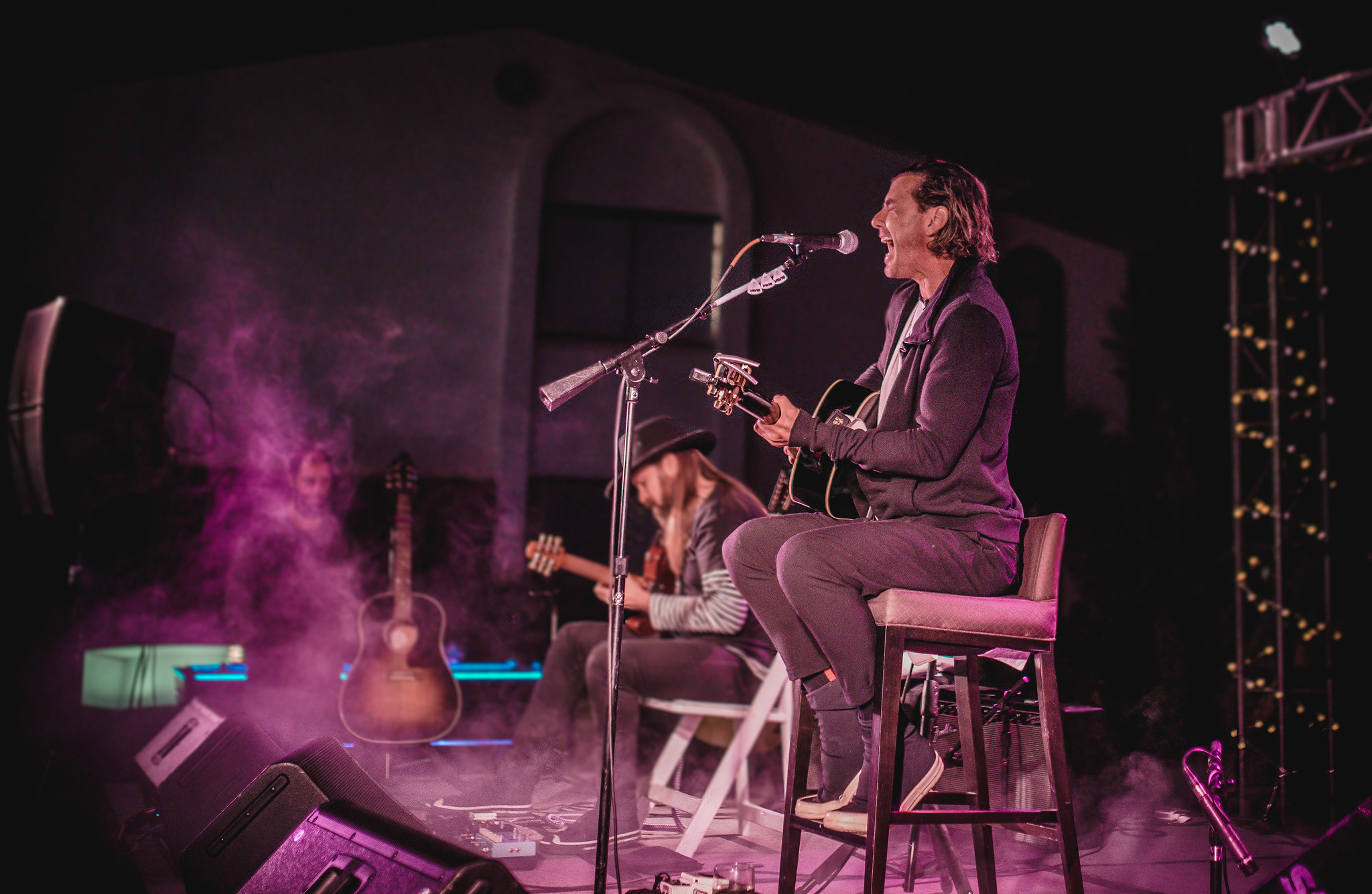
BUSH frontman Gavin Rossdale performs
“WorkSpaces has an intimacy about it that we don't find a lot of,” Antonia Cardone, Managing Director at Cushman & Wakefield said. “There are some really enormous events in the calendar and this is quite different to that. We can really get together on a very personal level with individuals and just take time together in a variety of different settings.”
Subscribe to our blog to receive similar insights as well as announcements regarding WorkSpaces 2020. Interested in attending? Request an invite!

Posted by
A One of a Kind Retreat for Hotel Development, Design & Construction Leaders.
Oct 25-27, 2026 | Fort Lauderdale, FL
Learn more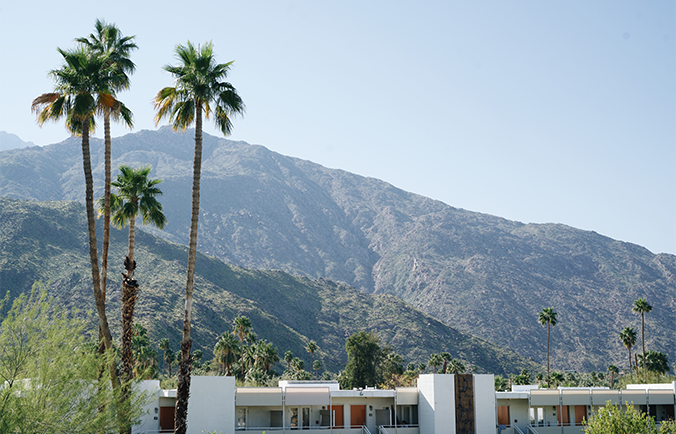
© Copyright 2025 influence group. All Rights Reserved
Comments